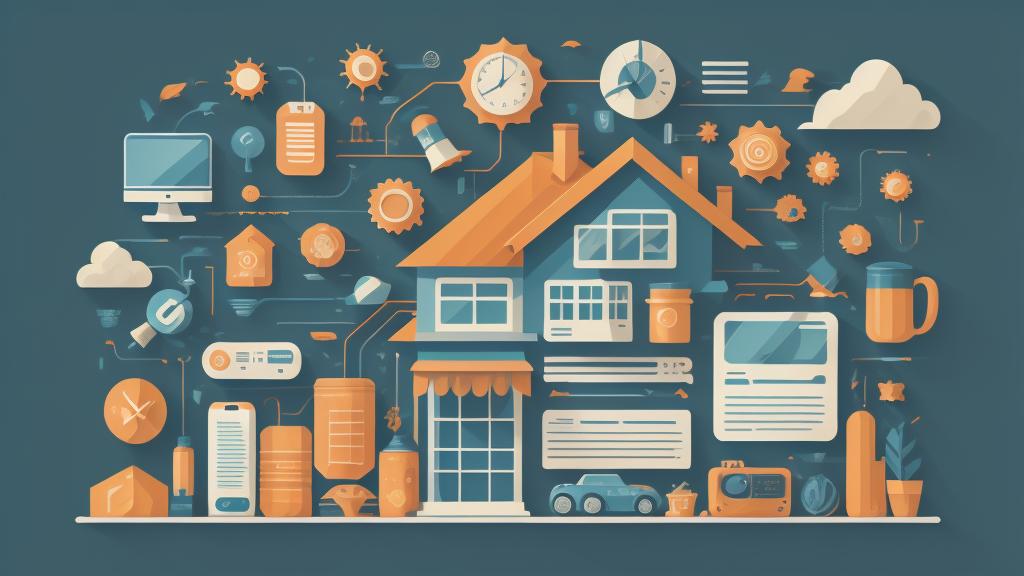In the age of digitization, our homes have transformed into networks of smart devices that promise convenience and security. Yet, beneath the sleek surfaces and voice-activated commands, lurk potential vulnerabilities that could compromise our privacy and safety. This article investigates the hidden dangers of smart home devices and how consumers can protect themselves.
With a single phrase, a smart home speaker can dim the lights, adjust the thermostat, or even lock the doors. While these features add value, they also serve as potential gateways for hackers. According to cybersecurity experts, the more interconnected devices we have, the more opportunities there are for cybercriminals to exploit weaknesses. By accessing one vulnerable device, hackers could infiltrate an entire network.
A major concern is the data collected by smart home devices. Many users are unaware of the extent to which their data is being monitored and used. It's not uncommon for these devices to track daily routines, store audio recordings, and log other sensitive information. Such data can be weaponized in the wrong hands, leading to identity theft or profiling without consent. Furthermore, the companies behind these devices may fail to store data securely, increasing the risk of data breaches.
To mitigate these risks, experts recommend a series of protective measures. Firstly, securing your router with a strong, unique password is crucial. Many users often overlook this aspect, leaving their entire smart home network exposed. It's also advisable to enable guest networks for visitors, ensuring that the primary network remains secure. Regular updates to device firmware can close security loopholes that hackers often exploit.
Another defensive tactic is to limit the permissions granted to smart devices. Analyze whether it's necessary for a device to have access to location data or a camera. Minimizing permissions reduces the potential damage a hacker could inflict. Additionally, two-factor authentication adds a robust layer of security that can deter unauthorized access.
Perhaps the most effective action is consumer education. By understanding the intricacies of smart home devices and the data privacy policies of manufacturers, consumers can make informed decisions regarding which products are worth the security risks. Transparency from companies is vital, and consumers should demand better disclosure about what data is collected and how it is used.
The Federal Trade Commission (FTC) has advocated for improved standards in smart device manufacturing. By setting higher benchmarks for cybersecurity, manufacturers can play a significant role in safeguarding consumers. Until these changes occur, the onus remains on consumers to take proactive measures.
It's clear that the convenience of smart homes comes at a potential cost. As technology continues to evolve, awareness of one's digital footprint becomes increasingly important. By arming ourselves with knowledge and remaining vigilant, we can enjoy the benefits of smart home devices while minimizing the risks.
In conclusion, while smart home technology promises a new dawn of interconnected living, it also presents new challenges. The hidden dangers of these devices demand a balanced approach, one that prioritizes both security and innovation. True safety in a smart home requires an ongoing commitment to protecting personal data and staying ahead of hackers.
Uncovering the hidden dangers in smart home devices

